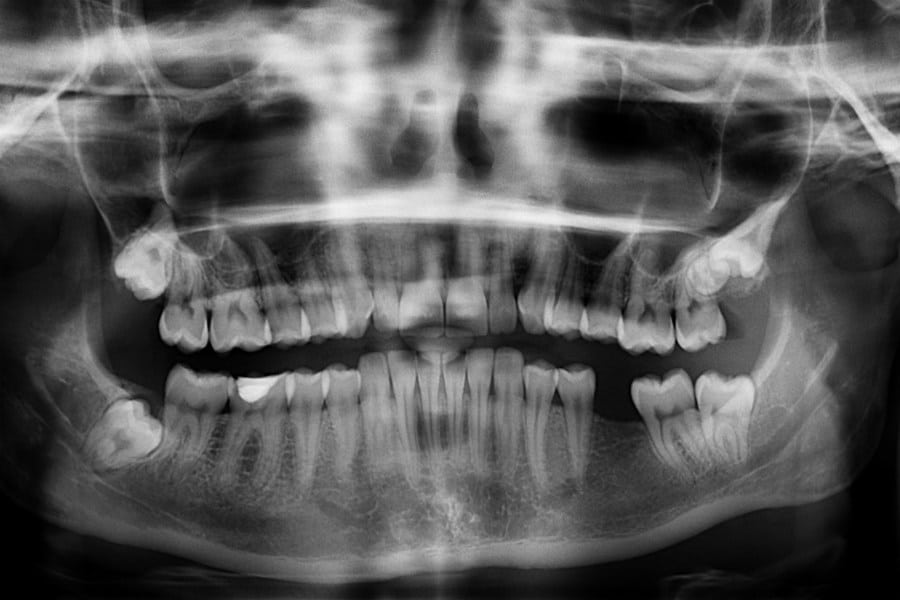Losing a tooth is one of the most common yet uncomfortable dental problems a person can have. It can be a challenge both aesthetic and function-wise. This is one reason why people don’t want to leave it as is. Not replacing the missing teeth is not unsightly; it can also result to possible gum and bite problems. This happens when the opposing or adjacent tooth drifts towards the empty space or where the tooth was removed. So this is not only bad aesthetically speaking, but also not good function-wise as this can cause biting or chewing problems.
More people have missing teeth than you imagine. In fact, statistics shows that typical American adults are missing an average of 7 teeth. Not counting the wisdom teeth, people are missing an average of at least three teeth. Sadly, not so many have their teeth replaced once they go missing. But why endure having a toothless smile when there are ways to restore your healthy smile?
Options for Missing Teeth
Everyone deserves to smile with complete set of teeth. Thanks to the wonders of dentistry, you don’t have to bear with being partly toothless. There are various options available to replace missing teeth. But people are afraid of going to the dentist to replace their missing teeth not because they are scared of the procedure, but because they are concerned about the price.
But let’s face it; not everyone can afford one. That is why we are going to help you find the alternative that might suit your budget or your preference. Aside from implants, you can also opt for partial or full dentures, dentures over implants, bridge over implants, overdentures, and dental bridge. But let’s face it; not everyone can afford one.
The good news is that there are several options available. If you decide to have your missing tooth replaced, you can resort to any of the following options or remedies:
Dentures
You can have partial or complete dentures, depending on how many teeth you want to be replaced. Partial dentures are designed as a replacement of missing teeth when only one or a few are missing. Complete dentures, on the other hand, are used when all the teeth in the jaw area are missing and need to be replaced. Of the teeth replacement options, this is the easiest and quickest to fabricate. It is also the most common.
Dentures are made of false teeth which have a plastic or metal framework holding them together. This framework is designed to be removable and to fit into the adjacent teeth. Aside from providing replacement teeth, it also covers part of the roof of the mouth or gum tissue. In some instance, rests and hooks may be required to hold the dentures in place.
The great thing about dentures is that you can easily take it off when you want to brush it or when you sleep.
Dental Bridge
Bridge is another common option to replace missing teeth. It makes use of an adjacent natural teeth to support the false or replacement tooth or teeth. The procedure includes shaving and contouring the natural teeth in shape. This is necessary to prepare the teeth before the cap or crown can be placed over the top. These crowns will then support the false teeth and hold them in place. This is the best option if your teeth already require crowns. So you hit both your dental needs: for crowns and for teeth replacement.
Dental Implants
Dental implants are often cited as the best treatment, and it is the newest means on how to cover up missing teeth. It effectively replaces natural teeth.
Generally, implants are composed of two parts: the implant and the crown. The good thing about implants is that they do not affect the teeth adjacent to the missing ones. They look, function and feel as natural as original teeth.
Compared to dentures, dental implants feel more natural. They are fixed in place and do not need to be removed often. This is a reason why patients prefer implants. Another great benefit of implants is that they do not have clasps and hooks, which allows patients to smile more comfortably and naturally.
In comparison to bridges, dental implants do not affect the adjacent natural teeth or otherwise known as abutments. They do not rely on the adjacent teeth for support. They are simply placed in the space where the missing tooth is. This allows you to dispense with the shaving, reducing or contouring the healthy abutments which might damage them in the long run. In other words, as a general rule, implants are healthier to the teeth than bridges.
Dental Options for Missing Teeth
Now that you know that there are replacement options for missing teeth, it’s time to choose which of them is the best for you. When choosing the right option for you, there are several factors that you need to consider, such as personal concerns, ultimate goal and budget. The cheapest option is denture, but it may not be the best. If you really want to find the right one for you, you can ask your dentist. If you don’t have one or if you want to find a new one, you can contact us to discuss treatment option and other dental concerns.

